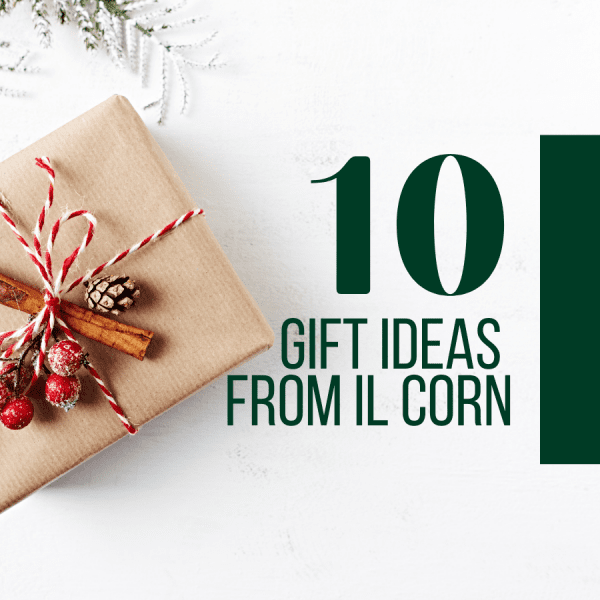Helping Your Special Needs Farm Kid Thrive Through Art
Farm kids grow up surrounded by creativity—whether it’s building forts from hay bales, sketching tractors, or turning feed sacks into costumes. Art can unlock new ways for your child to express themselves, especially when words don’t come easily. For children with special needs, creativity isn’t just fun—it’s therapeutic, confidence-building, and deeply personal. Let’s explore some practical ways to make art more accessible, meaningful, and joyful for your family.
Use What You Have Around the Farm
You don’t need a craft store haul to get started. Empty feed bags can become canvas. Corn kernels, beans, or seeds make great textures for mosaics. Sticks, leaves, and feathers become paintbrushes or collage pieces. The goal isn’t perfection—it’s giving your child tools they can use easily, with materials they already recognize and love.
Let Art Be an Emotional Outlet
When your child feels big emotions but struggles to explain them, art becomes a safe place to let it out. Drawing, painting, or molding clay gives them a chance to communicate without needing words. These nonverbal outlets can reduce anxiety, improve mood, and even help with transitions or meltdowns. You’re not looking for masterpieces—just engagement. And the more they feel heard through their artwork, the more likely they are to keep creating. Set aside quiet time and space for it regularly.
Use Adaptive Tools to Remove Friction
If your child finds traditional supplies frustrating, switch things up. Chunky crayons, foam brushes, or vertical easels can make art physically easier and more fun. These tools aren't “special”—they're simply better matched to your child’s needs. When the materials are accessible, kids feel empowered and less discouraged. Keep things flexible, and celebrate effort over outcome.
Explore Art Through Texture and Movement
Farm kids are sensory explorers by nature—they touch dirt, feed animals, and feel the weather change. Sensory art builds on that curiosity. Try fingerpainting outdoors, creating tractor-tire prints, or using sand and grain in art projects. These activities can be grounding and joyful for kids on the autism spectrum or with sensory sensitivities.
Capture and Celebrate Their Creations
Between chores and after-school work, it’s easy for projects to get lost. Snap photos of your child’s art or save their drawings in a digital folder. This simple act helps you celebrate progress over time—just like watching crops grow or animals mature. It shows your child their creativity matters, and that it’s worth remembering.
Choose Crafts That Build Motor Confidence
Art can support fine motor development while still feeling like play. Simple activities like cutting shapes, stringing beads, or using stickers build coordination in ways that feel natural and fun. For kids working through physical therapy goals, creative tasks can reinforce skills without added stress. Choose crafts with clear steps but low pressure to get it “right.” Let independence be the win—not perfection.
Set Up a Comfortable Home Art Space
You don’t need a studio—just a quiet corner stocked with tools your child enjoys. Keeping materials within reach makes it more likely your child will create without prompting. Let the space be theirs, with options but no pressure. Low-stakes environments encourage self-direction and emotional safety. The more it feels like an invitation, the more powerful the outcomes.
Find Your Own Creative Spark
Sometimes, helping your child explore art rekindles something in you. You may realize you’ve got your own ideas and that they might even become something more. If you're curious about next steps, you can start a side business around teaching, animating, or selling handmade goods. Creative work doesn’t have to be just a hobby. It can be a meaningful path forward—for both of you.
Helping your child explore art is about more than paint and paper—it’s about connection. It’s about giving them tools to express, calm, and grow. Whether you’re using corn kernels for crafts or watercolors at the kitchen table, you’re helping them find confidence, peace, and pride. On the farm, creativity doesn’t need to be perfect, it just needs to come from the heart.











































































































